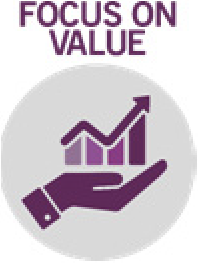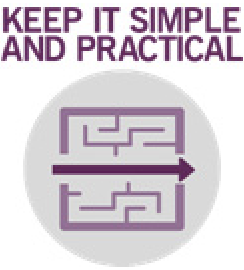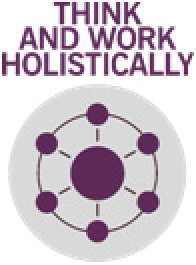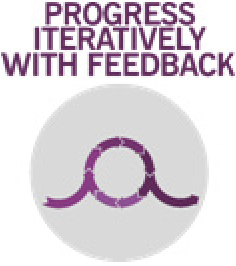ITIL 4 Managing Professional Certification Course: Direct, Plan and Improve (DPI) - Governance, Risk and Compliance
1. Governance
| General | Decision-making | Direct, Plan and Improve | ||||||
|
|
|
2. Risk management
| Risks & controls | Direction | Plan & improve | ||
Risk: a possible event that could cause harm or loss, or make it more difficult to achieve objectives. Can also be defined as uncertainty of outcome and can be used in the context of measuring the probability of positive outcomes as well as negative outcomes Must understand risk in order to maximize results (and minimize harm or loss) Manage risks with controls (countermeasures):
|
Risk management should be continuous. Risk information should be available when decisions are being made Long‐term goals:
Medium-term goals: risks are usually managed within programs and projects Short-term goals: operational risk management must support long-term and medium-term |
|
3. Control/Compliance Controls should be sufficient but not excessive. Each control put in place in an organization must produce the desired result, without creating unintended undesirable consequences. To do this, it is necessary to take the human factor into consideration when designing controls. Controls that don’t meet the purpose they were designed for may as well not exist. Consider people:
|


|
Go back to ITIL 4 Managing Professional Certification Course: Direct, Plan and Improve (DPI) to finish this chapter or to the main page ITIL 4 Managing Professional Certification Course.
Interesting Management
-

Part 1: A good manager, better team motivation, better team productivity, better team results
When you are managing a team, “how to be a good manager” is the “must”...
-

Report optimization, increase your time management
As manager, I am doing many reports, even when I was an ITIL consultant, I still needed to do many reports...
-

Tools to get your ITIL intermediate certifications, the missing 15 points for the ITIL 4 Managing Professional
ITIL V3 is going to be obsolete...
-

The importance of the first customer meeting for the service
Managing an IT service when I start a new company is not an easy task, particularly true, if the service...





